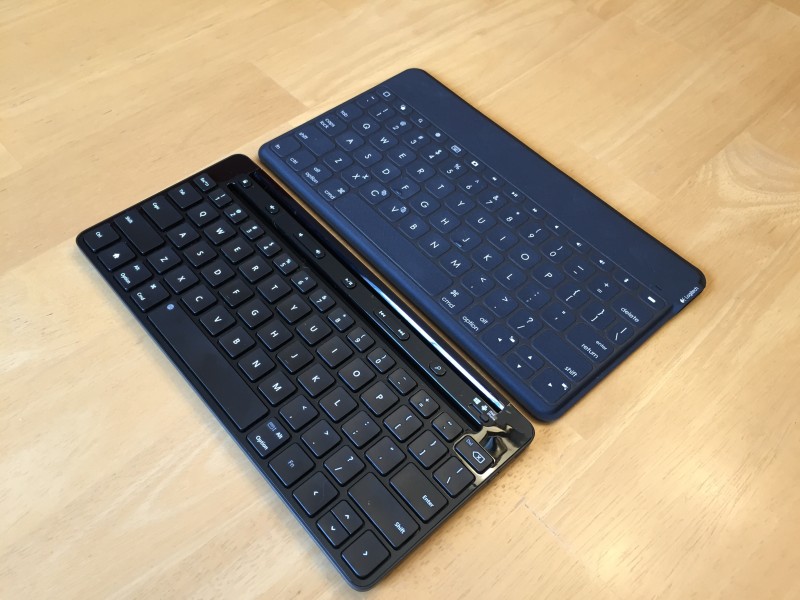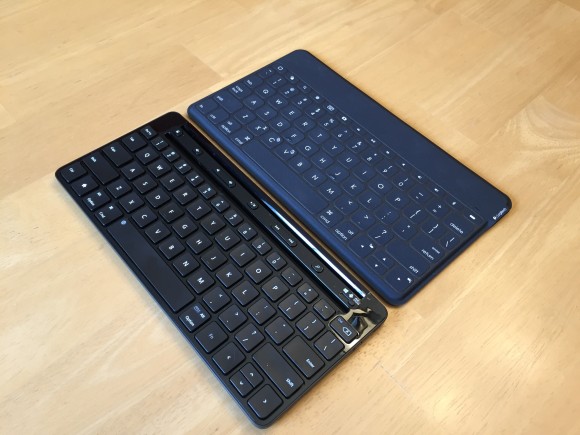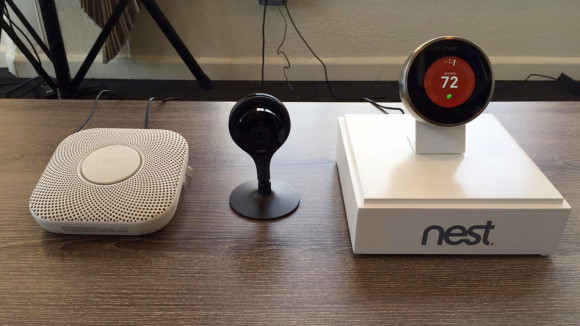What if the smart devices around your home could all interact with each other, even if they were from different manufacturers or different systems? Say your front door sensor could trigger a light to turn on in the living room when you get home. Currently, to get this kind of interoperability, you either need to acquire all the components of the same system (like Insteon), or have one agnostic hub that tries to “talk” all the different languages of the smart home landscape (like Staples Connect, SmartThings, and the dreadful Wink).

What if there was another way? What if each of your home devices could speak the same langauge independent of manufacturer? An Elgato door sensor that opens when you get home could tell an Ecobee thermostat to turn house temp to 72 degrees. Or turning off a specific Lutron light switch in the bedroom could tell the August front door to lock? That’s the promise of Apple’s HomeKit.
Much has been written already about HomeKit. But now that Apple is officially allowing vendors to start selling devices, we are finally starting to get a better understanding of what can and can’t be done with HomeKit. At first, my thought was that the iPhone now becomes the “hub” to control the devices of your home, but that was the wrong way to think about HomeKit. HomeKit is much more far reaching.
Read more




